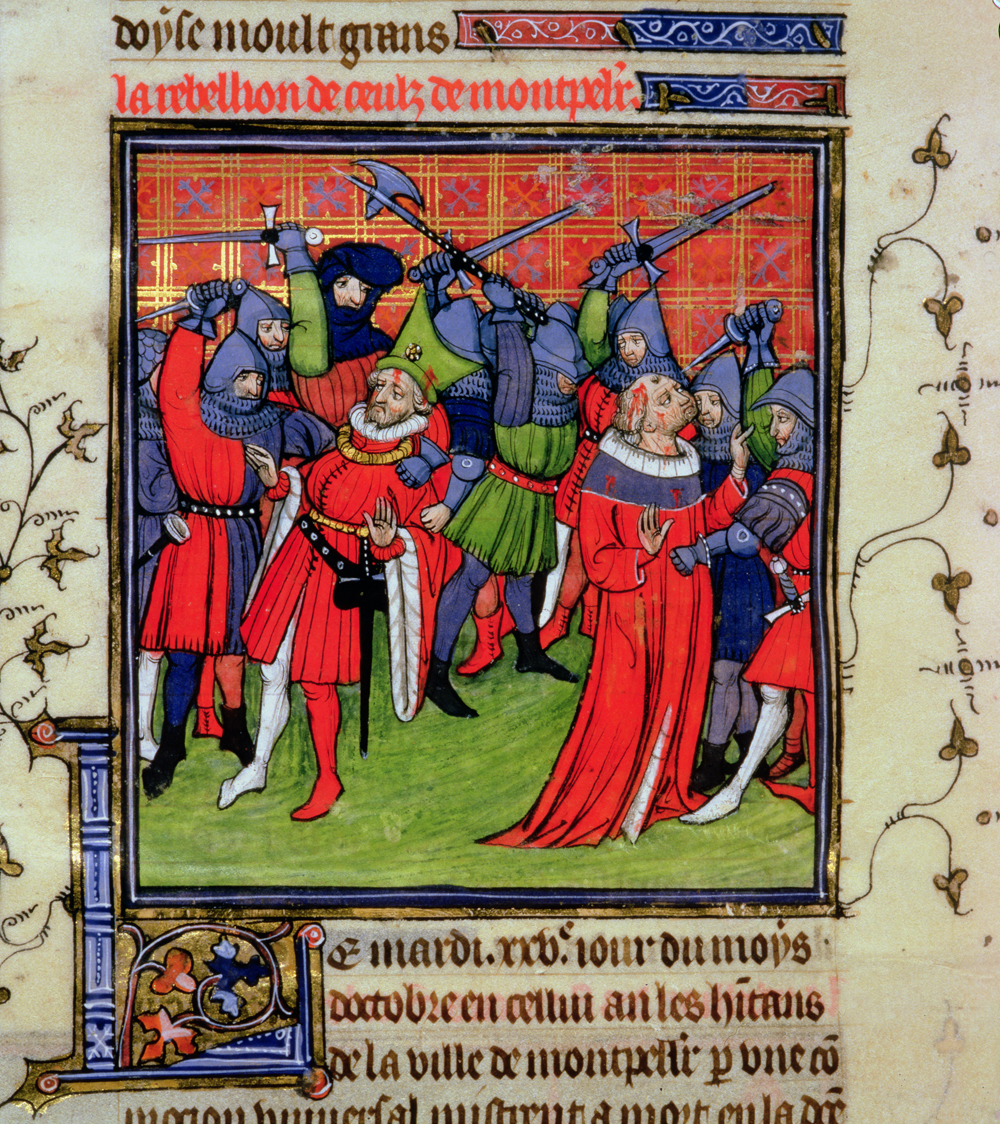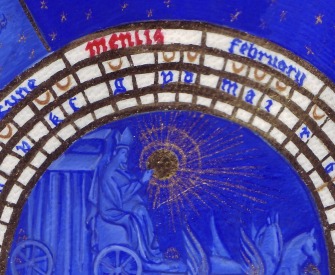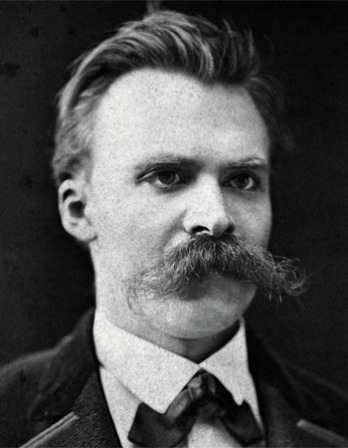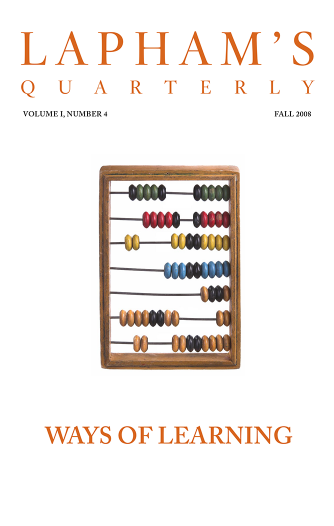This breviary is concerned with the annual cycle of Easter and other festivals whose return depends on measuring the movement of the sun and the moon. The reform of this cycle, which first requires the restoration of the calendar, has been tried often, over a long time, by our predecessor Roman pontiffs.
However, it could not be carried out thus far because the various calendar-reform projects proposed by astronomers, in addition to presenting the immense and almost inextricable difficulties that always accompanied such reform, did not leave intact the ancient rites of the Church, and that was our first concern in this business.
One notes in examining this that it is necessary to rule at the same time on three points to restore the celebration of Easter. First, the precise date of the vernal equinox; second, the exact date of the fourteenth day of the moon that reaches this age the very same day as the equinox or immediately afterward; finally, the first Sunday that follows this same fourteenth day of the moon. Therefore we took care not only that the vernal equinox returns on its former date, of which it has already deviated approximately ten days since the Nicene Council in 325, and so that the fourteenth day of the paschal moon is given its rightful place, from which it is now distant four days, but also that there is founded a methodical and rational system that ensures in the future that neither of them move from their appropriate positions.
So that the vernal equinox, which was fixed during the Nicene Council as March 21, is restored to this date, we prescribe and order that there is removed, from October of this year, the ten days which go from the fifth through the day before the Ides, inclusively. The day that will follow the fourth shall become the new Ides of October. But so that this ten-day removal does not cause any injury with those who must carry out monthly or annual payments, it will fall to the judges in any litigation that could result from it to take account of the removal by deferring the expiration of any payment by ten days.
So that the equinox does not recede from March 21 in the future, we establish every fourth year to be a leap year, except in centennial years, which were always leap years until now. We wish that 1600 remain a leap year; after that, however, those centennial years that follow are not all leap years—in each four hundred years, the first three centennial years are not leap years, then the fourth centennial year is. So the years 1700, 1800, and 1900 will not be leap years. Assuredly, the year 2000 will have an extra day in it; February will contain 29 days, and the same rule of intermittent leap-year days in each four-hundred-year period will be preserved in perpetuity.

Peasant revolt in 1379 at Montepellier, in which various high officers of the duke of Anjou were killed, illumination from The Chronicles of St. Denis, late fourteenth century. British Library Board, The Bridgeman Art Library.
We therefore, with what is traditionally the attribute of sovereign pontiff, approve this calendar, now reformed and made perfect thanks to the infinite benevolence of God toward his Church, and we order that it is printed in Rome with the martyrology.
We thus remove and absolutely abolish the old calendar, and we wish that all the patriarchs, primacies, archbishops, bishops, abbots, and other leaders put into force for the reading of the divine office and the celebration of the festivals the new calendar, whose use will start after the ten-day removal in October. As for those who live in areas too distant to take knowledge of this letter in time, they are allowed to make such a change in October of the year that will follow immediately, namely 1583, or the next one, as soon, of course, as this letter will have come to them.
From “In the Gravest Concern.” In addition to issuing this bull that increased the accuracy of the solar year by ten minutes and forty-eight seconds over the Julian calendar, Gregory XIII was active in church reform and the Counter-Reformation. Michel de Montaigne wrote that the pope troubled “himself very little about politics, but a great deal about building, in which particular he will leave, at Rome and elsewhere, memorials greatly redounding to his honor.” The Soviet Union did not adopt the Gregorian calendar until 1918.
Back to Issue






